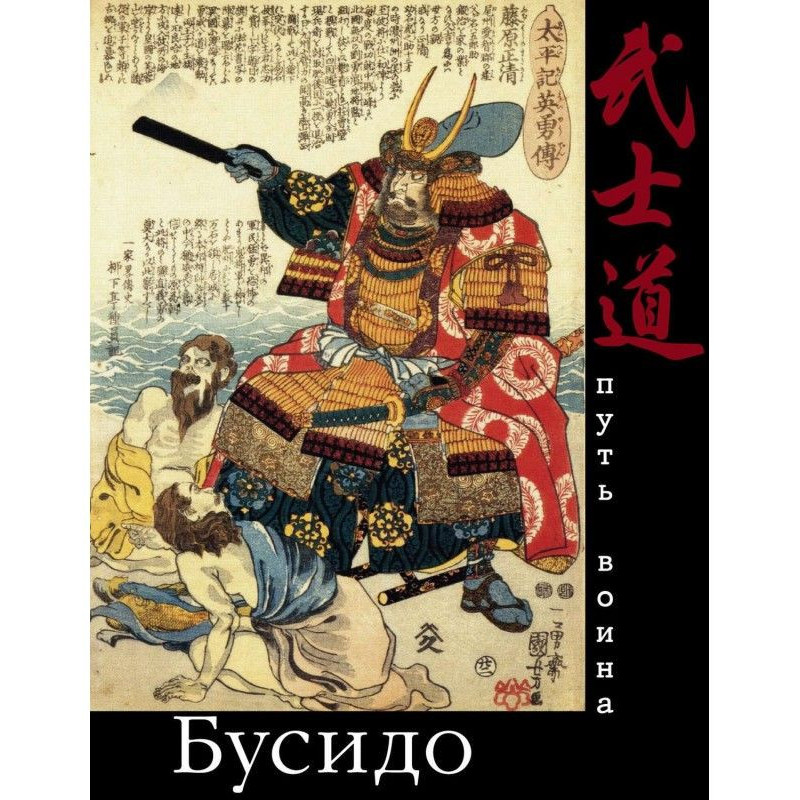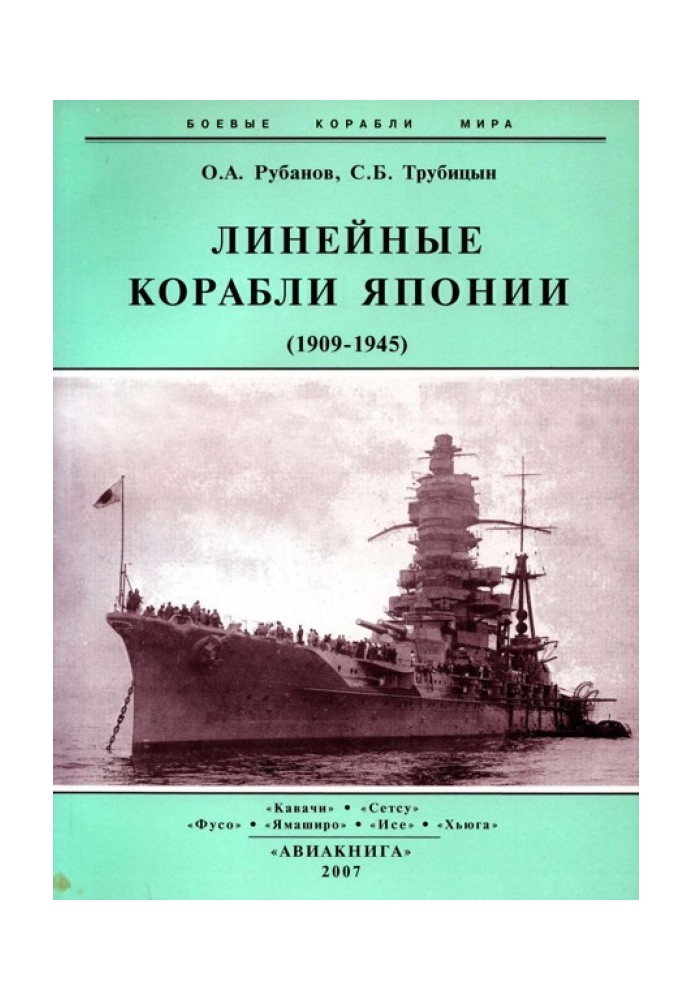Battleships of Japan. 1909-1945
 Instant download
Instant download
after payment (24/7)
 Wide range of formats
Wide range of formats
(for all gadgets)
 Full book
Full book
(including for Apple and Android)
The Japanese Imperial Navy developed according to long-term programs and certain tactical schemes. Parliament allocated money for construction. For 1905, such a scheme was the “6-6” program, that is, six battleships and the same number of battleships. After peace was concluded with Russia, a new program “8-8” was adopted, the implementation period of which was set at 10 years (later it was reduced to 8). This program placed a heavy burden on the Japanese economy. If we take naval expenditures in Great Britain and Japan, it turns out that the poorer country of the Rising Sun spent five times more on the navy as a percentage of its income. The first real dreadnoughts were the Kawachi and Setsu, followed by a series of lineal Kongo-class cruisers, the lead of which was built in England, the rest in Japan. For these battlecruisers, it was necessary to build corresponding battleships, which became the Fuso-class ships, followed by the Ise-class battleships. During this period, a national type of battleship began to take shape. Despite almost unlimited access to British technology, there was no blind copying. Original ships were built. Thus, the first step was taken on the long path to super-battleships of the Yamato class.
Data sheet
- Name of the Author
- Олег Рубанов Алексеевич
- Language
- Russian
Reviews
Вражаюче дослідження японського військового флоту!
Книга "Лінійні кораблі Японії. 1909-1945 р.р." є справжнім скарбом для всіх, хто цікавиться історією військового флоту та розвитку морської стратегії Японії. Автор детально описує етапи розвитку японського імператорського флоту, починаючи з програми "6-6" і закінчуючи вражаючими суперлінкорами типу "Ямато". Вражає, як автор зумів поєднати історичні факти з економічними аспектами, показуючи, як фінансування флоту впливало на японську економіку. Книга сповнена цікавих деталей про конструкцію кораблів, їх технологічні інновації та тактичні схеми, які використовувалися в боях. Це не просто сухий виклад фактів, а справжнє дослідження, яке дозволяє читачеві зрозуміти, чому японський флот став таким потужним гравцем на світовій арені. Рекомендую цю книгу всім, хто хоче глибше зануритися в історію та технології військового флоту Японії!



















